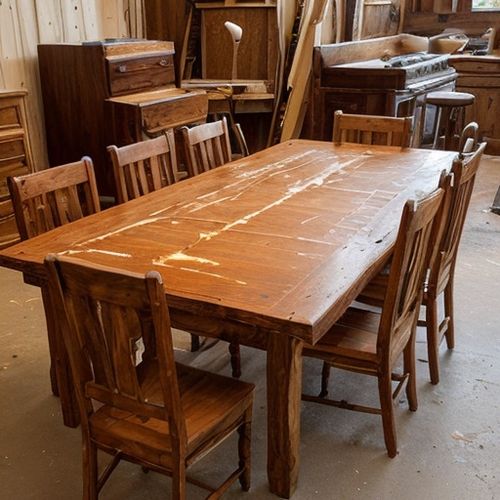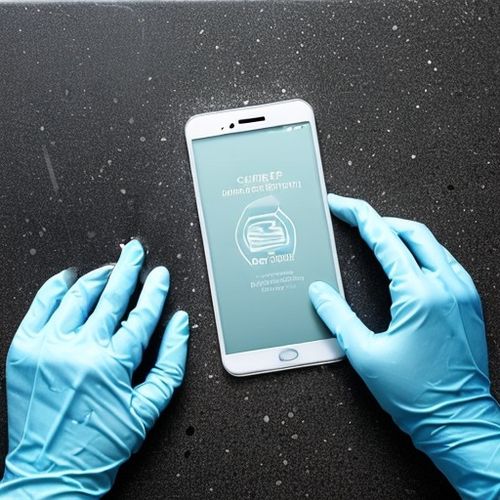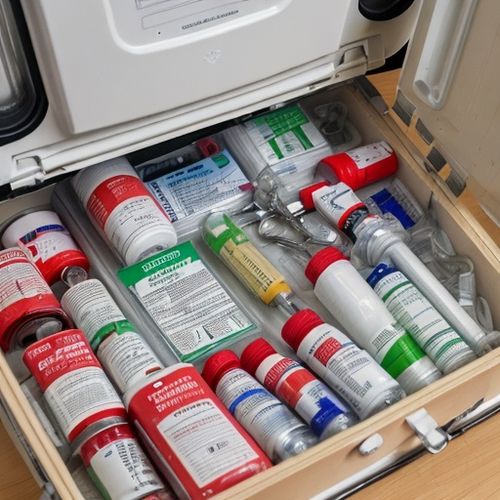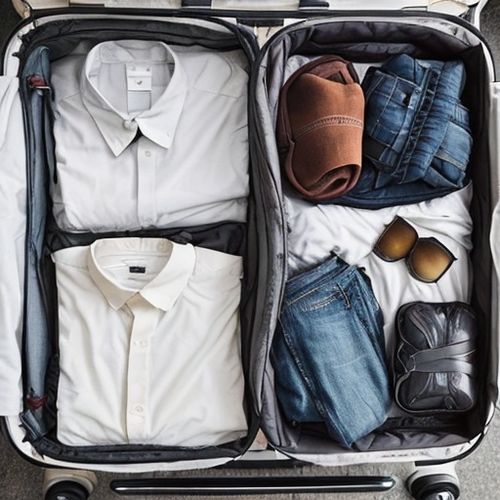When disaster strikes or a medical emergency occurs at home, having a well-stocked first aid kit can mean the difference between quick recovery and prolonged suffering. Many households overlook the importance of maintaining an emergency medical supply until it’s too late. A properly assembled kit isn’t just about bandages and antiseptics—it’s a carefully curated collection of tools and supplies tailored to address common injuries, sudden illnesses, and unexpected crises.
The foundation of any good home first aid kit begins with wound care essentials. Sterile gauze pads in multiple sizes form the backbone of injury management, allowing for proper coverage of cuts, scrapes, or more serious lacerations. Adhesive bandages in various shapes and sizes should accommodate everything from paper cuts to blisters, while rolled gauze and medical tape provide secure dressing for larger wounds. No wound treatment is complete without antiseptics—alcohol wipes, hydrogen peroxide, and antibiotic ointment help prevent infection in those critical first moments after injury.
Beyond basic cuts and scrapes, a comprehensive kit prepares for more severe trauma. Elastic bandages serve dual purposes, offering support for sprains while applying pressure to bleeding wounds. Triangular bandages can immobilize broken limbs or create slings in emergencies. Every kit should include a pair of quality medical scissors for cutting clothing or bandages, along with several pairs of nitrile gloves to protect both the caregiver and patient from contamination.
Medications constitute another critical component often neglected in basic first aid kits. Pain relievers like acetaminophen and ibuprofen address fever and minor aches, while antihistamines combat allergic reactions. Electrolyte tablets or oral rehydration solutions prove invaluable during bouts of severe vomiting or diarrhea. For households with members who have specific medical conditions, including spare prescription medications (when possible) and emergency treatments like epinephrine auto-injectors becomes non-negotiable.
Specialized tools transform a basic kit into a life-saving resource. A digital thermometer allows for accurate fever monitoring, while tweezers safely remove splinters or ticks. Instant cold packs provide immediate relief for sprains or burns without refrigeration. The inclusion of a CPR face shield or pocket mask could make resuscitation attempts safer and more effective. Many experts now recommend adding a tourniquet to home kits—when properly used, these devices can stop life-threatening bleeding from extremities during traumatic injuries.
Emergency scenarios often require more than medical supplies. A well-prepared kit includes emergency contact numbers, poison control information, and basic first aid instructions. Waterproof matches, emergency blankets, and glow sticks prove useful during power outages or natural disasters. For households in disaster-prone areas, additional items like N95 masks, water purification tablets, and a basic sewing kit for clothing repairs extend the kit’s functionality beyond medical needs.
Customization based on family needs separates adequate kits from exceptional ones. Families with young children should include pediatric medications, smaller bandages, and fever reducers in child-appropriate doses. Pet owners might add animal-specific first aid items. Those living in remote areas may stock additional supplies for extended emergencies. Elderly family members often benefit from including blood pressure monitors and glucose testing strips. The changing seasons also dictate adjustments—summer kits might emphasize burn care and insect sting treatments, while winter versions prioritize cold-weather injury prevention.
Maintenance often proves to be the weakest link in home emergency preparedness. Medications expire, batteries die, and supplies dwindle after use without replacement. Setting calendar reminders to check the kit quarterly ensures readiness when emergencies strike. All family members should know the kit’s location and basic contents—during crises, precious minutes get wasted searching for supplies or wondering what to use. Consider keeping a smaller duplicate kit in your vehicle and creating portable versions for evacuation scenarios.
The psychological aspect of emergency preparedness shouldn’t be underestimated. A well-organized, comprehensive first aid kit provides peace of mind alongside practical benefits. In stressful situations, having necessary supplies readily available allows caregivers to focus on treatment rather than scrambling for materials. The confidence that comes from proper preparation often translates into calmer, more effective responses during actual emergencies—a benefit that extends far beyond the physical contents of the kit itself.

By Rebecca Stewart/Apr 25, 2025

By James Moore/Apr 25, 2025

By William Miller/Apr 25, 2025

By Samuel Cooper/Apr 25, 2025

By Rebecca Stewart/Apr 25, 2025

By James Moore/Apr 25, 2025

By David Anderson/Apr 25, 2025

By James Moore/Apr 25, 2025

By Eric Ward/Apr 25, 2025

By Olivia Reed/Apr 10, 2025

By Ryan Martin/Apr 7, 2025

By Sarah Davis/Apr 7, 2025

By Natalie Campbell/Apr 7, 2025